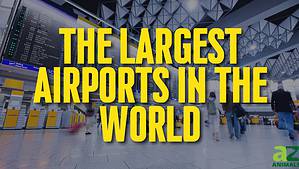The United States is a large country with several regions, like New England and the Mid-Atlantic. The Midwest is another one of the largest regions in terms of member states and size. Knowing the large size of the country, the term Midwest seems like it shouldn’t apply to all that many states. So, what states are in the Midwest?
Discover which states are part of this region, why its name is so confusing, and what unites this unique region.
Why is the Region Called the Midwest?
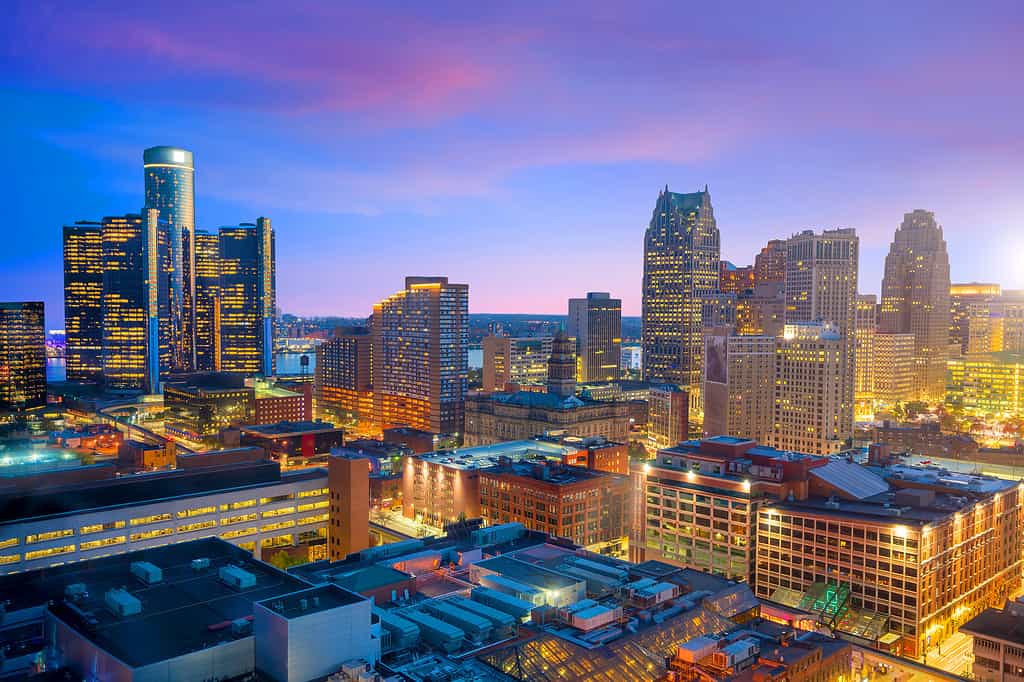
Aerial view of downtown Detroit at twilight in Michigan USA.
©f11photo/Shutterstock.com
The term “Midwest” appeared in the 19th century, and it referred to the states between the true Southwest at the time, Texas and Oklahoma, and the Northwestern regions. The regional name appeared at a time before much of the west coast was settled. In fact, some of the states that are now considered part of the Midwest were not even official states when the name was first thought up!
So, it’s fair to think that the name for the Midwest region is a misnomer. It’s also important to remember the context for why the area was given that name.
The 12 States Located in the Midwest
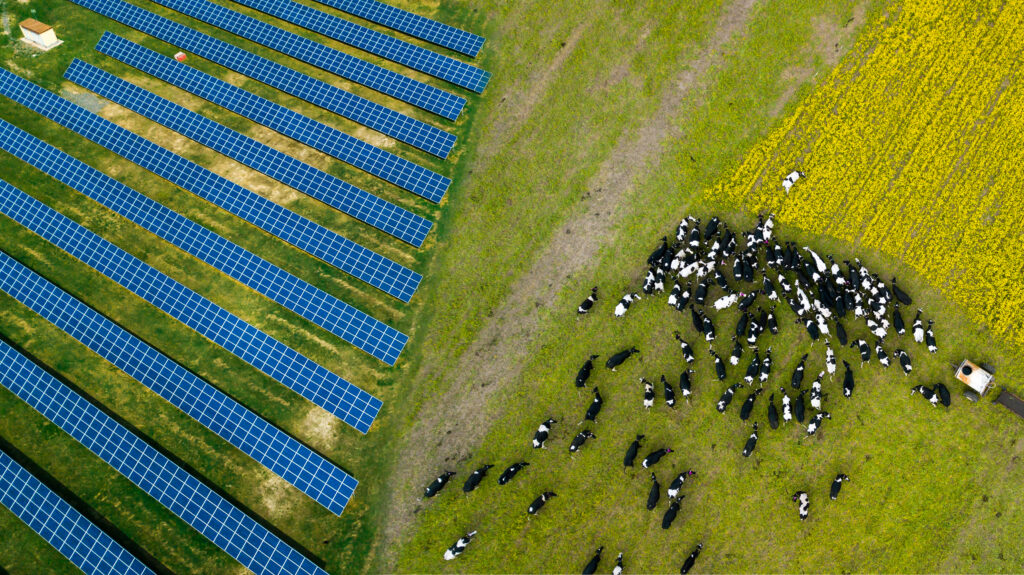
The Midwest has some of the most robust agricultural production in the country.
©DROPERDER/Shutterstock.com
According to the United States Census Bureau, the 12 states in the Midwest include Illinois, Indiana, Michigan, Ohio, Wisconsin, Iowa, Kansas, Minnesota, Missouri, Nebraska, North Dakota, and South Dakota.
Knowing what states are in the Midwest is one thing. However, it’s important to understand the area’s common qualities and differences. Learn about each of these states’ populations and largest cities and discover how the Midwest has been mischaracterized as a rural area. Keep in mind that all population data was sourced from the 2020 United States Census.
1. Illinois
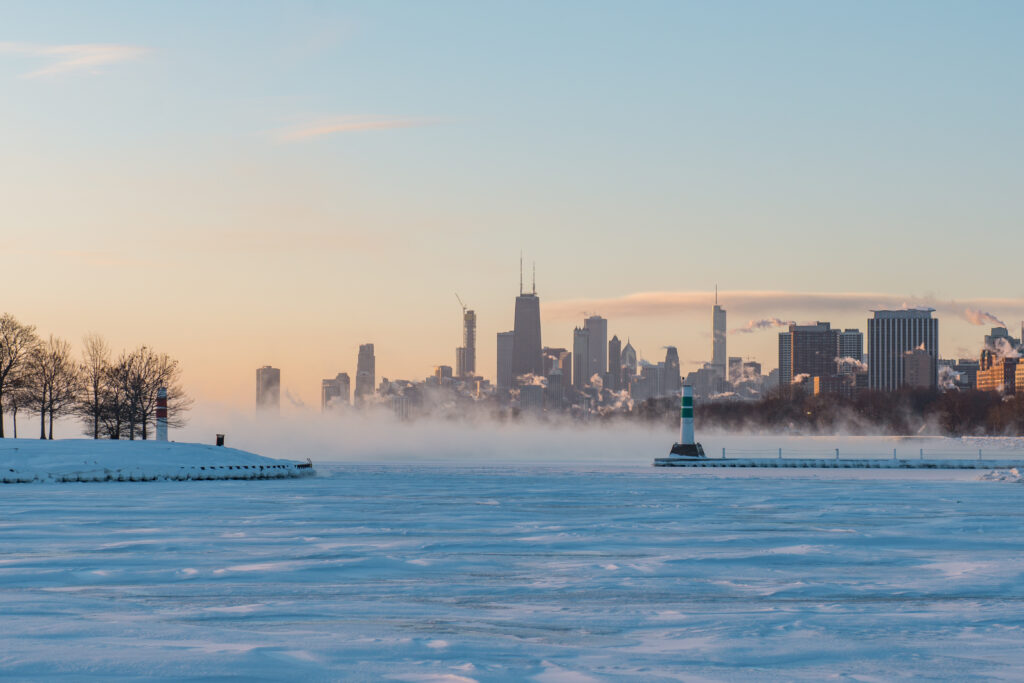
Chicago is the largest city in the Midwest.
©iStock.com/mkgphotography.co
| Population | Most Populated City | Largest City’s Population |
|---|---|---|
| 12,812,508 | Chicago | 2,705,994 |
Illinois is one of the most populous states in the U.S. The largest city in the state is Chicago, and it has a population of nearly 3 million people. That’s not counting the sprawling metropolitan area that swells that number to over 9 million residents! The state blends rural agricultural lands with manufacturing.
2. Indiana
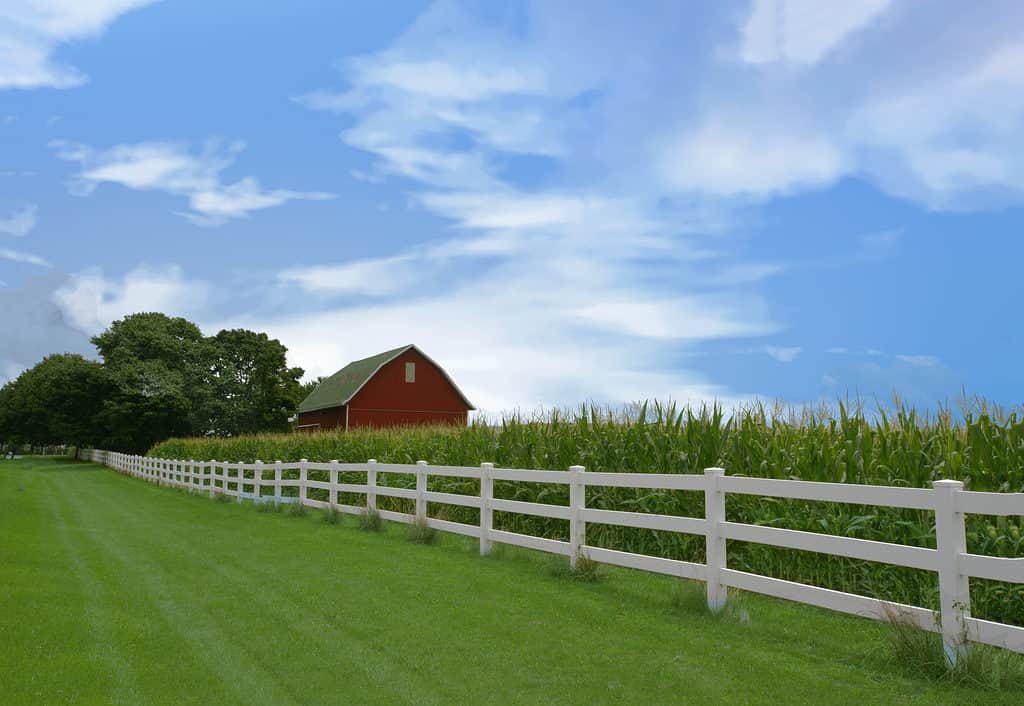
Fence and Cornfield with a barn in background-Owen County, Indiana
©iStock.com/William Reagan
| Population | Most Populated City | Largest City’s Population |
|---|---|---|
| 6,785,528 | Indianapolis | 867,125 |
Indiana lives up to the common conceptualization of states in the Midwest. The state has massive farmlands and a reasonably high population. While the state is well-regarded for its sports, it’s also known for its largest city, Indianapolis, being at the center of four major interstates. As a result, the city is called the Crossroads of America.
3. Michigan
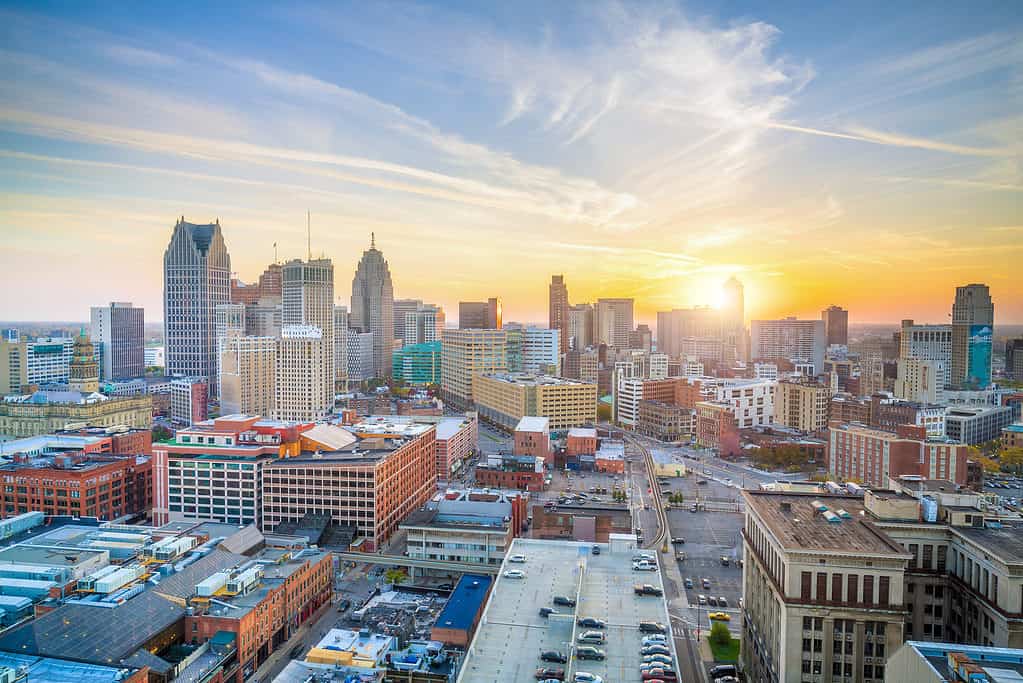
Downtown Detroit in Michigan, USA
©iStock.com/f11photo
| Population | Most Populated City | Largest City’s Population |
|---|---|---|
| 10,077,331 | Detroit | 639,111 |
Michigan is a unique state because it remains a bastion of the U.S. automobile industry while still having vast natural areas. Detroit, while smaller than it used to be, is still the largest city in the state. The state’s proximity to several of the Great Lakes provides residents with many opportunities for livelihoods and entertainment.
4. Ohio
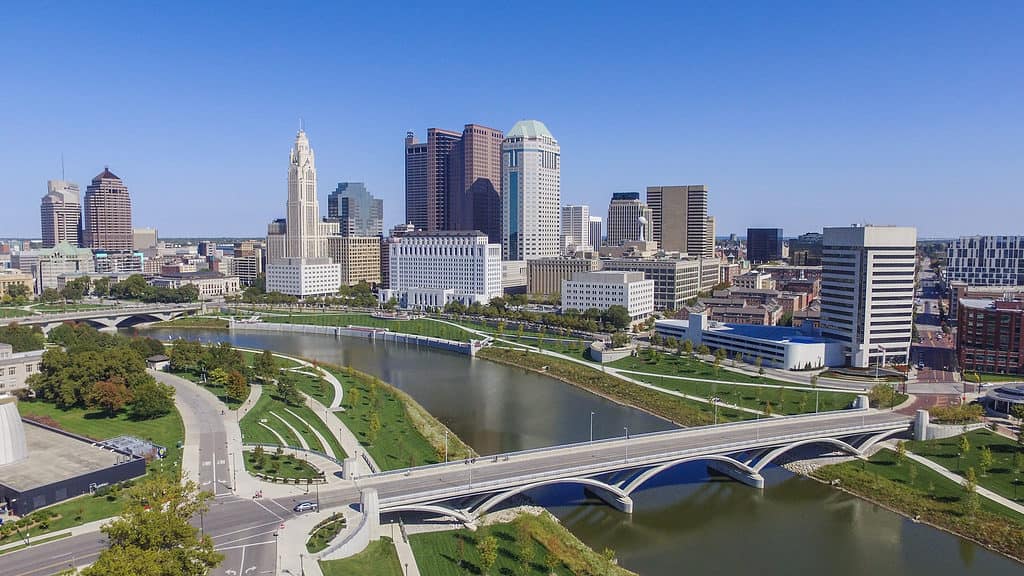
Downtown Columbus, Ohio on a beautiful summer day. Columbus is the capital of Ohio and the largest city of Franklin County.
©iStock.com/TraceRouda
| Population | Most Populated City | Largest City’s Population |
|---|---|---|
| 11,799,448 | Columbus | 905,748 |
Ohio is one of the most populous states in the U.S. Ohio’s position near the states of the Northeast means that important shipping routes run through the area. The state is not just where roads meet, though. Political ideas mingle and meld in this region, making it an important “battleground state” when it comes to presidential elections.
5. Wisconsin
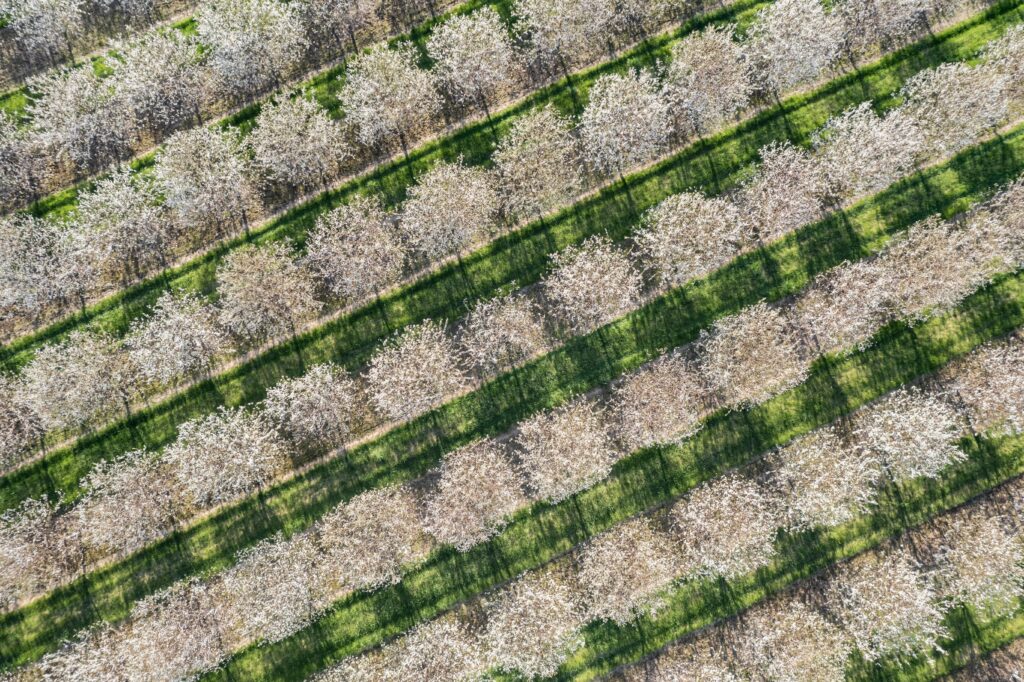
Approximately 2,500 acres of orchards brimming around the Door County peninsula with cherry blossoms.
©John Touscany/Shutterstock.com
| Population | Most Populated City | Largest City’s Population |
|---|---|---|
| 5,893,718 | Milwaukee | 577,222 |
Although it shares a border with Michigan and Illinois, Wisconsin is a state with more of a reputation for rural living and agriculture. The state is also known for its cold winters and dairy production. Although it’s a sizable state, Wisconsin doesn’t have all that many people. Still, the largest city, Milwaukee, has almost 600,000 people living there.
6. Iowa
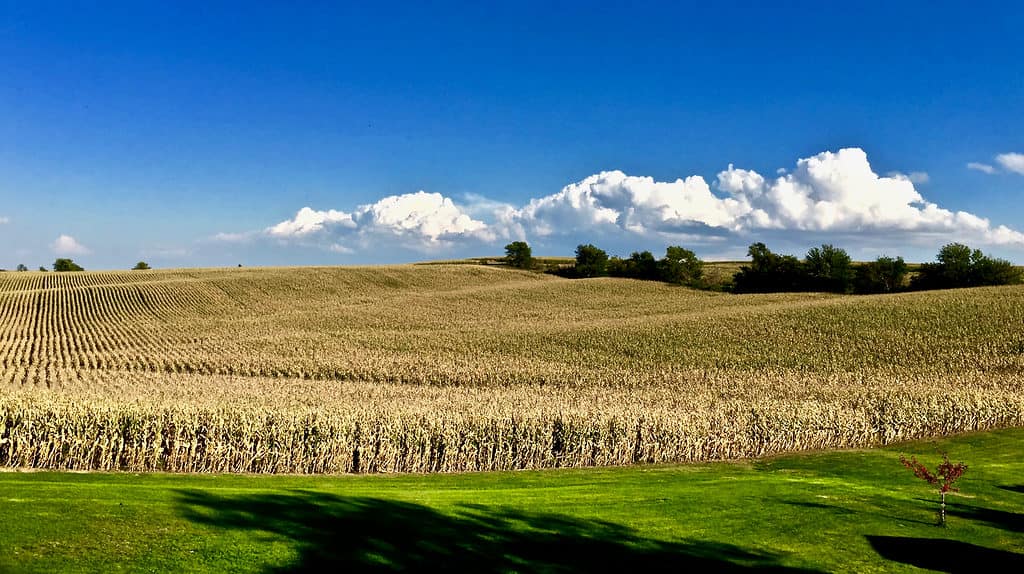
Corn grows tall in Tama County, Iowa.
©Lucas Oglesbee/Shutterstock.com
| Population | Most Populated City | Largest City’s Population |
|---|---|---|
| 3,190,369 | Des Moines | 216,853 |
Located southwest of Wisconsin, Iowa is another state known for its agricultural production. The state leads the country in the production of eggs, pork, corn, and more! Given the state’s small size and population, it should come as no surprise that few large cities exist within Iowa’s borders. Still, Des Moines has over 200,000 residents, and that’s not bad for a flyover state!
7. Kansas
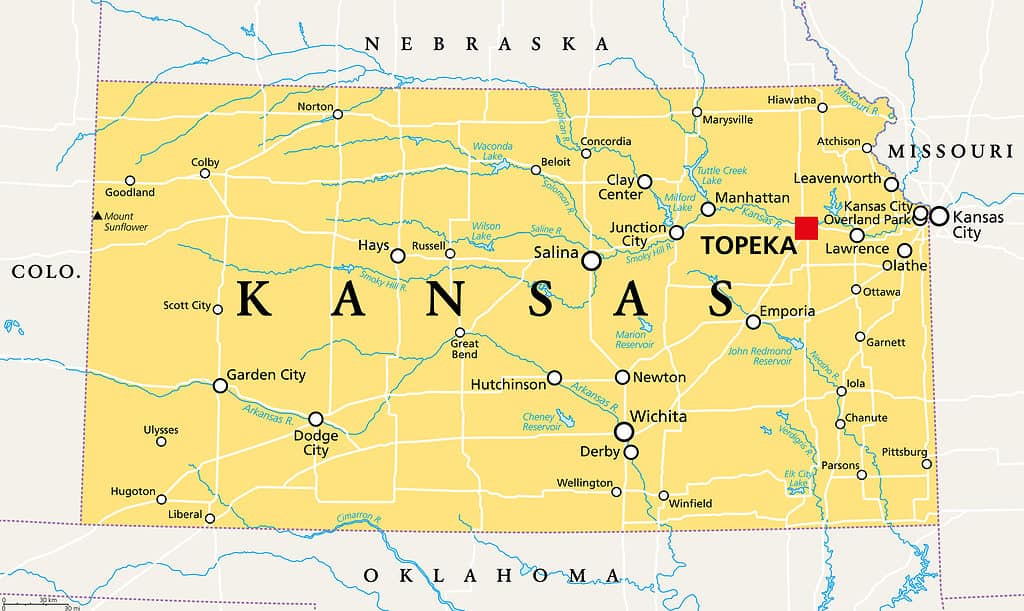
Kansas is known for its agricultural production and more!
©iStock.com/PeterHermesFurian
| Population | Most Populated City | Largest City’s Population |
|---|---|---|
| 2,937,880 | Wichita | 397,532 |
Kansas is the quintessential midwestern state. This part of the Great Plains has a lot of rural lands, relies on agriculture for its economy, and is part of the infamous Tornado Alley. The largest city in the state, Wichita, is still rather sizable and houses roughly 13% of the state’s population!
8. Minnesota
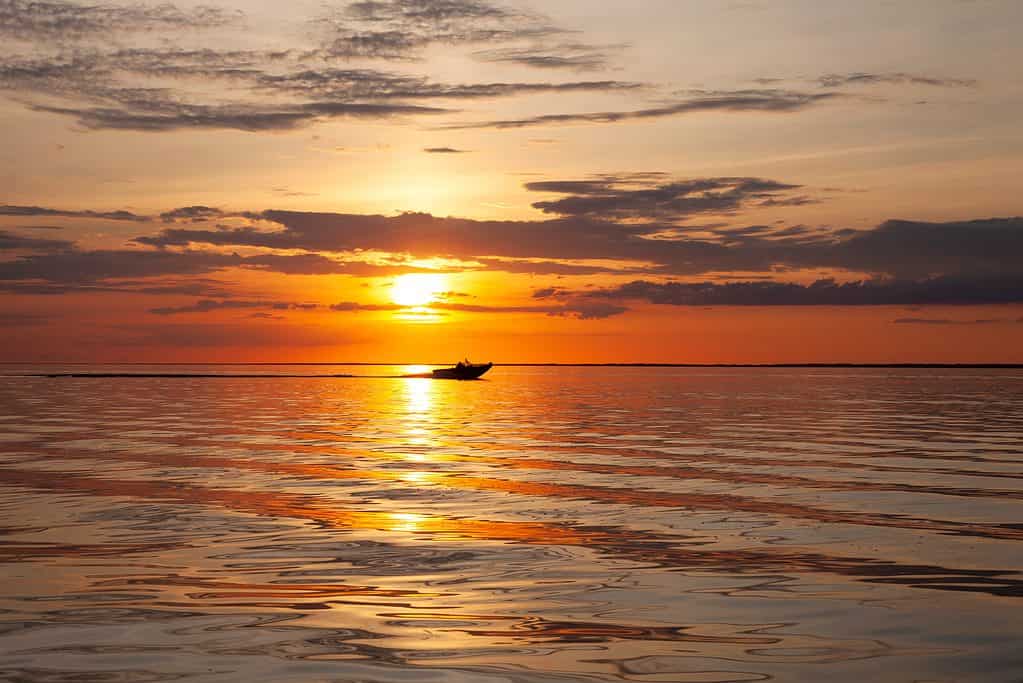
Upper Red Lake in Waskish, Minnesota.
©Dan Thornberg/Shutterstock.com
| Population | Most Populated City | Largest City’s Population |
|---|---|---|
| 5,706,494 | Minneapolis | 429,954 |
Minnesota is known for having a good mixture of all things. Visitors can find large cities like Minneapolis and Saint Paul while also going to one of the thousands of lakes in the state for outdoor recreation. Minnesota is also a sports fan’s paradise with six professional sports teams calling the area home!
9. Missouri
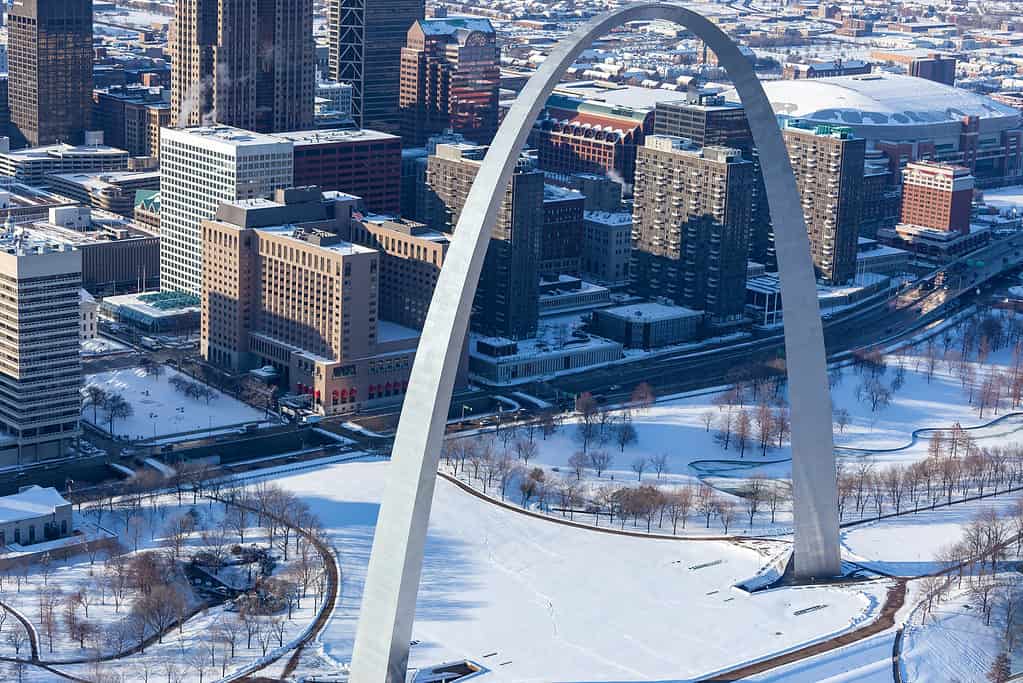
St. Louis, Missouri with winter snow.
©iStock.com/Kent Raney
| Population | Most Populated City | Largest City’s Population |
|---|---|---|
| 6,154,913 | Kansas City | 508,090 |
Missouri is well-known for having fertile farmland and a major stake in the aerospace industry. The state is home to Kansas City, a large city with over 500,000 residents and a large metropolitan area. Like some of the other Midwest states, Missourians have a large interest in sports. The state has four major league teams including two baseball teams.
10. Nebraska
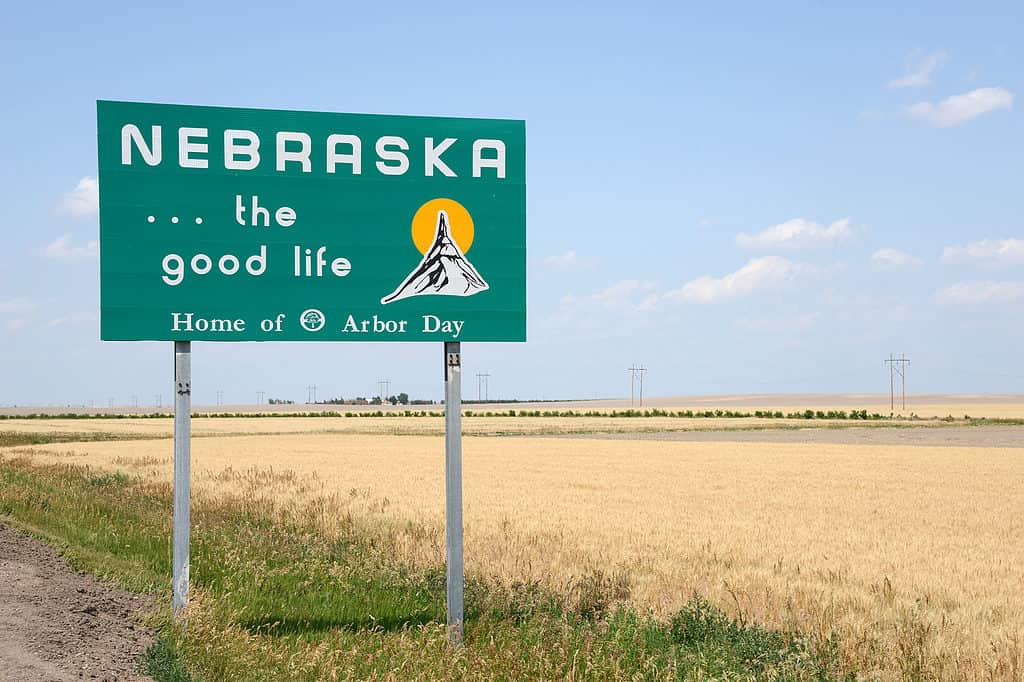
Nebraska has a lot of wide-open lands!
©Michael Kaercher/Shutterstock.com
| Population | Most Populated City | Largest City’s Population |
|---|---|---|
| 1,961,504 | Omaha | 468,051 |
Nebraska is another midwestern state known for its agriculture. The farms in the state produce a lot of corn, soybeans, beef, and pork. Nebraska and the Dakotas put the “West” in Midwest, as they form the barrier between this region and the true West.
11. North Dakota
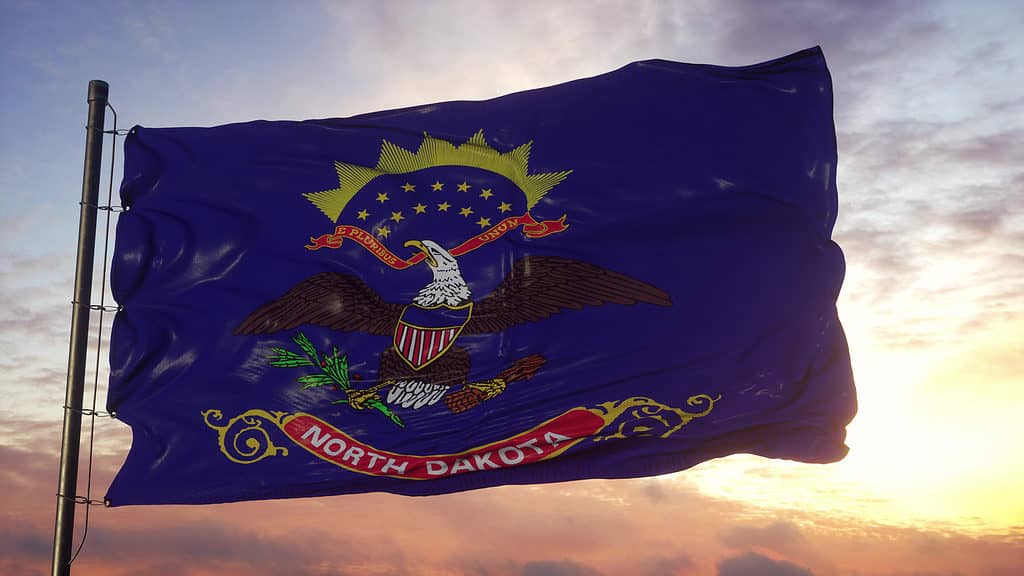
Flag of North Dakota waving in the wind.
©Larich/Shutterstock.com
| Population | Most Populated City | Largest City’s Population |
|---|---|---|
| 779,094 | Fargo | 125,990 |
North Dakota has the smallest population of any of the states in the Midwest. With just 779,094 people in the state and its largest city having a population of 125,000, North Dakota can come off as being a little desolate. Still, the state is known for being an agricultural hotbed as well as for its natural lands, preservation efforts, and harsh weather.
12. South Dakota
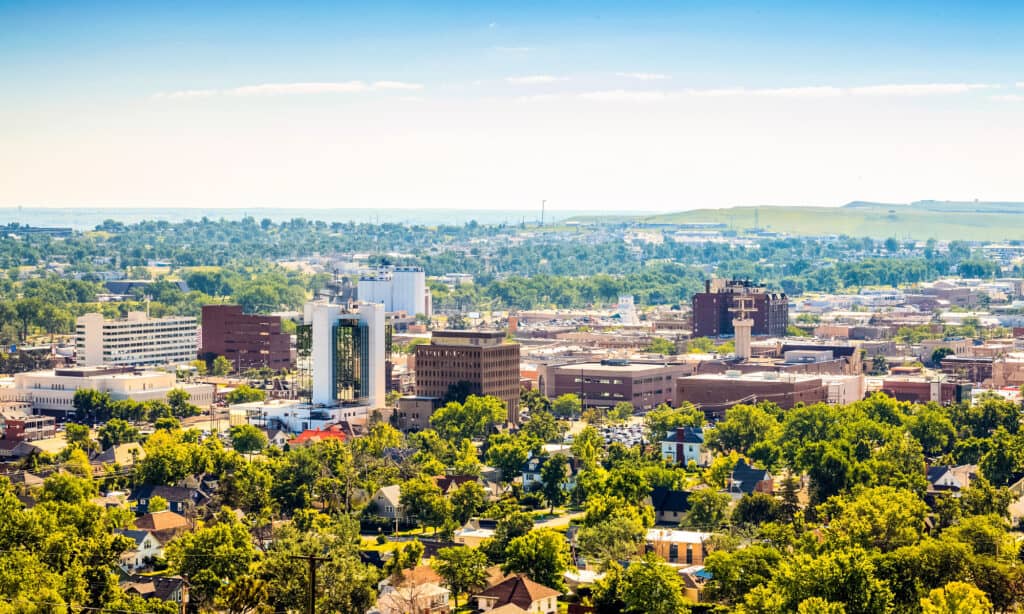
Rapid City, South Dakota is east of the Black Hills National Park.
©iStock.com/EunikaSopotnicka
| Population | Most Populated City | Largest City’s Population |
|---|---|---|
| 886,667 | Sioux Falls | 192,517 |
South Dakota has more people than North Dakota, but it’s not heavily populated either. Like North Dakota, this state is a great place for visitors to see parts of the badlands, the Black Hills, and other natural attractions.
Knowing what states are in the Midwest is important to understanding the region’s diversity. Some places are filled with rural farmlands and others are massive, sprawling cities. Unlike some of the other regions in the United States, the areas of the Midwest are a bit too varied to place under a single banner and call one. Thus, the Midwest is better understood as a geographical area than a place with a common culture.
Summary of 12 States That Make Up the Midwest
The 12 states that make up the Midwest region are listed as follows in no particular order:
| # | State | Population | Largest City |
|---|---|---|---|
| 1 | Illinois | 12,812,508 | Chicago |
| 2 | Indiana | 6,785,528 | Indianapolis |
| 3 | Michigan | 10,077,331 | Detroit |
| 4 | Ohio | 11,799,448 | Columbus |
| 5 | Wisconsin | 5,893,718 | Milwaukee |
| 6 | Iowa | 3,190,369 | Des Moines |
| 7 | Kansas | 2,937,880 | Wichita |
| 8 | Minnesota | 5,706,494 | Minneapolis |
| 9 | Missouri | 6,154,913 | Kansas City |
| 10 | Nebraska | 1,961,504 | Omaha |
| 11 | North Dakota | 779,094 | Fargo |
| 12 | South Dakota | 886,667 | Sioux Falls |
The photo featured at the top of this post is © Natalia Kuzmina/Shutterstock.com
Thank you for reading! Have some feedback for us? Contact the AZ Animals editorial team.





